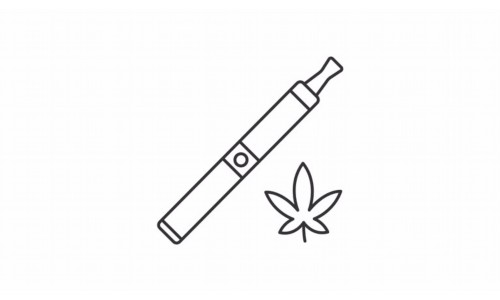
Vaping Trends: 7 Key Insights on Devices, Flavors, and Market Growth
1. The Rise of Vaping: A Statistical Overview
In recent years, the prevalence of vaping has skyrocketed, capturing the attention of both young adults and seasoned smokers. According to a 2022 survey, over 30% of young adults aged 18-24 reported having vaped at least once in their lives. This marks a significant increase from previous years, highlighting the appeal of vaping as an alternative to traditional smoking. As of 2025, the global vaping market is valued at approximately $22 billion, with expectations to surpass $30 billion by 2026.
2. Types of Vaping Devices
There are primarily three types of vaping devices on the market today:
2.1. E-cigarettes
E-cigarettes were the pioneers in the vaping industry, introduced in the early 2000s. Around 50% of current vapers choose e-cigarettes for their convenience and user-friendliness.
2.2. Vape Pens
Vape pens, which resemble traditional pens, account for around 30% of all vaping devices sold. Their compact design, combined with the ability to use different e-liquid flavors, makes them particularly popular among younger demographics.

2.3. Pod Systems
Pod systems are the newest entrants in the vaping market, representing approximately 20% of device sales. With their sleek designs and disposable pods, they are favored by both beginners and experienced vapers alike.
3. Flavor Trends in the Vaping Market
Flavors play a crucial role in the appeal of vaping. Data indicates that 75% of vapers prefer flavored e-liquids over traditional tobacco flavors. Below are the top flavors that have dominated the market:
3.1. Fruity Flavors
Fruity flavors, such as mango, berry, and watermelon, are favored by 50% of vapers. Their fresh and vibrant profiles attract users seeking a more enjoyable vaping experience.
3.2. Dessert Flavors
Approximately 25% of vapers opt for dessert flavors like vanilla custard, chocolate, and pastry blends. These flavors provide a sweet escape from everyday stress.
3.3. Mint and Menthol
Mint and menthol flavors account for about 15% of the preference. They offer a refreshing experience and are often chosen by users who want a cooler inhale.
4. Health Considerations and Regulations
While vaping is often marketed as a safer alternative to traditional smoking, ongoing debates about its health implications continue. According to the Centers for Disease Control and Prevention (CDC), around 4% of vapers reported experiencing adverse symptoms related to vaping by mid-2025. Moreover, regulations are tightening globally, with various governments considering restrictions on flavored e-liquids to reduce youth access. As of now, 10 countries have banned flavored vaping products outright, and more are expected to follow suit.
5. The Cost-Efficiency of Vaping
One of the main reasons many people transition to vaping is the cost efficiency associated with it. The average cost of a pack of cigarettes now stands at $6-10, whereas a bottle of e-liquid (which can last for up to a week) typically costs between $15-30. This translates to significant savings over time. Research shows that individuals who switch from smoking to vaping may save up to $1,500 annually.
6. The Future of Vaping
With the vaping industry continuously evolving, several trends are expected to shape its future:
6.1. Technological Advancements
New technologies, including smart vaporizers equipped with Bluetooth connectivity, are emerging. About 20% of users express interest in using such devices for enhanced vaping experiences.
6.2. Sustainability Initiatives
As environmental concerns rise, around 30% of vapers are actively seeking eco-friendly options. Brands that adopt sustainable practices in packaging and production are likely to thrive in the coming years.
6.3. Global Expansion
The international market for vaping is expanding rapidly, especially in developing countries. By 2025, it’s predicted that Asia will account for 40% of global vaping sales, driven by increasing awareness and acceptance.
7. Final Thoughts
In summary, the vaping industry is characterized by rapid growth, evolving preferences, and ongoing regulatory scrutinies. With a multitude of flavors, device types, and health considerations to keep in mind, consumers have a lot to consider as they navigate the landscape. Understanding these dynamics can help vapers make informed choices that suit their preferences and lifestyles.



